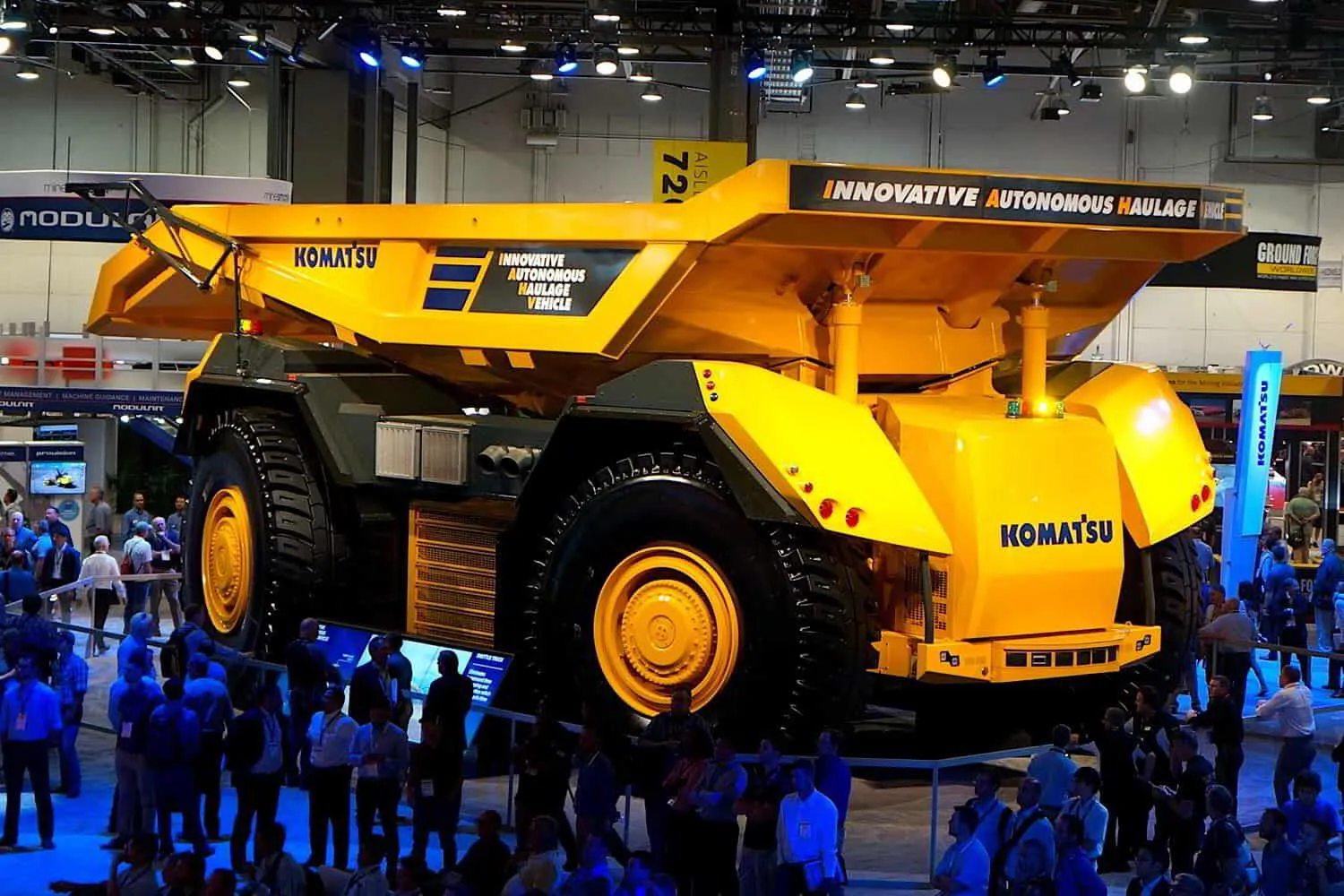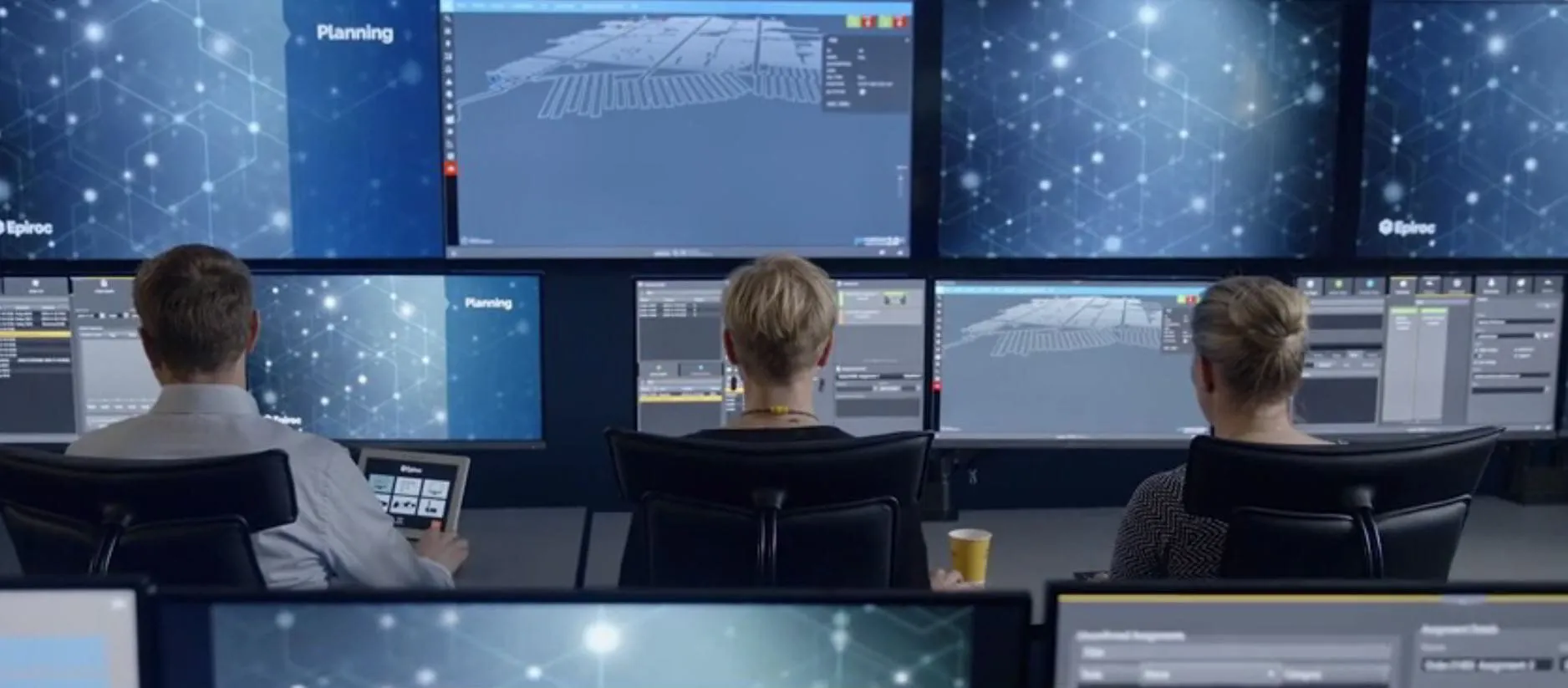Advances in mining technology are revolutionizing and reshaping the entire industry.
While these technological innovations have helped make mining much safer, they're also gradually transforming the UG mining industry from what it was into something entirely different.
Now, the way forward for UG mining companies lies not in brute strength but sheer brainpower.
The need for robotics, artificial intelligence, and automated operations has opened up many career opportunities.
It's also considerably increased the appeal of working in the mining sector to a much broader demographic.
With the latest technologies and the jobs that go with them now a significant part of UG mining, the entire industry is slowly yet inevitably making room for the "geeks" rather than the "conservatives" that have traditionally made up the majority.
In This Blog:
- Technological Advances Are Revolutionizing the UG Mining Industry
- Four Innovative Technologies in UG Mining
- - Full Automation and Driverless Vehicles
- - Fully Intelligent Mines
- - AI-Created Digital Twins
- - Wireless Blasting and Predictive Data Analysis
- Underground Mining: It's a Digital Revolution
- Conclusion
Technological Advances Are Revolutionizing the UG Mining Industry
The primary purpose of the mining industry's push towards data, digitalization, and even greater technological heights is to save human lives and make one of the most dangerous jobs in the world just a little safer.
Hazardous conditions in the mines have caused the best and the brightest in this sector to bring their heads together in an effort to pioneer groundbreaking solutions.
Those solutions have impacted the way we mine underground in this country.
Some of the latest and greatest technological advances include using autonomous robots and driverless mining vehicles to do the most dangerous work.
There's also progress every day towards developing AI and creating intelligent, fully automated mines.
There's been a huge push towards large-scale data gathering and predictive analysis.
As time marches on, mining companies have steadily increased their reliance on data and advanced tech to increase productivity, efficiency, and safety during mining operations.
Here are some of the most remarkable new advancements in mining technology that are putting the UG mining industry in the hands of our brightest computer scientists and engineers.
1. Full Automation and Driverless Vehicles
Mine companies have been using semi-autonomous mining vehicles for years now, but the technology has come leaps and bounds since this tech first came on the scene in 2008 with Komatsu and Rio Tinto.
Increasing the level of automation has been an enormous advantage for advancing mining technology.
The best advantage and primary goal of full automation are keeping miners out of dangerous situations with a high risk of accident or injury.
When they were first developed, driverless vehicles were semi-autonomous and still required human control and direction to perform some tasks.
The new technology is fully autonomous, with features like high-tech cameras, remote controls, and essential mining tools that can significantly increase production.
For example, a modular mining machine created by Atlas Copco allows for nearly twice the amount of distance mined each day compared to traditional methods, such as hard labor or human-operated machinery.
Full automation also helps increase workplace safety, reduces the risk of human injury, and makes the entire mining process more efficient.
For example, it's possible to run a mine in Nevada from California with remote operations.
It’s easy to see how fully automated mining technology saves a ton of manpower, money, and time.
2. Fully Intelligent Mines
An "intelligent mine" is one that's run with complete reliance on digital systems. That's right—there are no human workers at all, just driverless mining trucks, computer systems, and robots that perform specific tasks. This would also be our first step in space mining.
These mines benefit from advanced robotic mining technology, including systems that can gather and analyze metallic ore samples.
These technologies also help collect, create, and analyze predictive data for a higher, more complex understanding of orebodies and their future behavior.
With that type of critical information, mining companies can make financially savvy decisions based on real-time data, a tremendous asset that can help boost productivity and efficiency.
3. AI-Created Digital Twins
Digital twins are a unique technological tool that many mining companies have already put to good use.
Running a mine is no easy task—it's challenging to operate efficiently 24/7. Two of the biggest obstacles include proper engineering management and analyzing asset data.
Simply put, digital twins are just what they sound like: an exact digital model of a mine's assets, overall output, essential systems, and processes that helps streamline day-to-day operations.
Artificial Intelligence, or AI, is required to handle the complex mathematics and data analysis necessary to create a digital twin.
The AI uses real-time data to create a mine simulation that workers can update as the data changes.
This allows for quick analysis of critical information that can help determine which areas may be lacking or need special attention.
For instance, suppose there was a problem with inventory management or assets.
In that case, an AI-created digital twin makes it easy to simulate the situation, identify it, and fix it before it causes a real-life issue with the supply chain, output, or overall productivity.
4. Wireless Blasting and Predictive Data Analysis
Blasting is one of the riskiest parts of working in a mine, whether you're using ammonium nitrate fuel oil (ANFO) for coal mining, or Emulsions for gold mining.
As you can guess, improper blasting conditions can cause severe injuries or accidents.
Typical mining accidents include flooding due to excess water inflow, ceiling or tunnel collapse, or the worst-case scenario, a gas explosion.
However, mining companies are beginning to rely on advances in technology and predictive data analysis to help them optimize blasting procedures and ultimately make the process safer for all those involved.
These digital safety measures include using electronic detonators and tools that gather data about potential fragmentation, sediment density, and if the site is vulnerable to flooding.
All this information is used to make the process safer and more efficient.
In the future, you can expect to see a wireless blast system that doesn't require human intervention or operation at all.
Underground Mining: It's a Digital Revolution
It's an undeniable fact that underground mining is among the most dangerous jobs in the world.
For generations, people have risked their lives daily to mine the metallic ore and substances we need to enjoy a high quality of life here in America.
However, digital and technological advances have helped revolutionize the industry, putting the future of UG mining technology firmly in the hands of the geeks.
With this cutting-edge software, robotics, AI, and state-of-the-art technology, the mining industry is becoming more attractive to those who traditionally might not choose that career path.
As operations move towards becoming fully automated, the amount of physical human labor required decreases.
However, this opens the door of opportunity for those with engineering, computer science, and other data-driven skill sets.
Conclusion
Ultimately, innovative advancements in mining technology now and in the future will make this dangerous job a little safer for those who lay their life on the line every day to ensure John Q. Public lives a comfortable life.
Check out some of our other blog posts at An Underground Miner today to learn more about UG mining and how mining technology is changing the industry today.
This article was written by An Underground Miner



